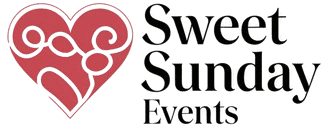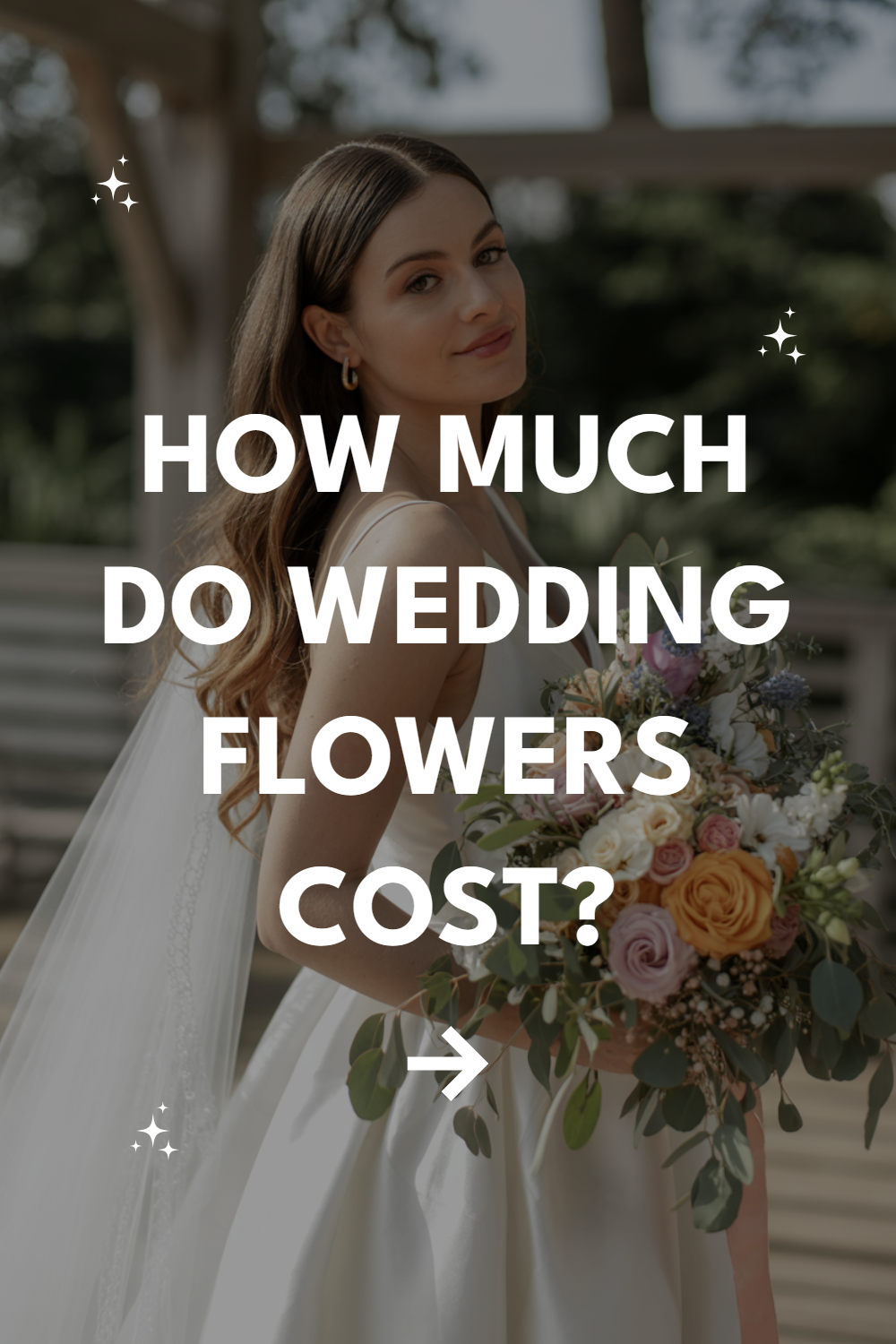Flowers can make or break your wedding aesthetic, but they can also make or break your budget if you’re not careful. Let’s dig into what you’re actually looking at cost-wise and how to make smart decisions that won’t leave you eating ramen for months afterward.
Breaking Down the Flower Budget Reality
Wedding flowers typically eat up 8-10% of your total wedding budget, though this varies wildly depending on your priorities and local market.
If you’re planning a $30,000 wedding, you’re looking at roughly $2,400-$3,000 for florals. That might sound reasonable until you start shopping around and realize a bridal bouquet alone can cost $200-$500.
The sticker shock is real, and it catches most couples off guard. Florists aren’t trying to rob you blind—there’s genuine skill, time, and perishable inventory involved.
But understanding where your money goes helps you make strategic choices about where to splurge and where to save.
Bridal Bouquet Costs
Your bouquet is the star of the floral show, and pricing reflects that spotlight status. Expect to spend anywhere from $150 for a simple design with seasonal blooms to $600+ for an elaborate creation featuring premium flowers like peonies, garden roses, or orchids.
Size matters here, but so does flower choice. A compact bouquet of roses and baby’s breath will cost significantly less than a cascading arrangement with exotic blooms.
Many brides get caught up in Pinterest-perfect visions without considering that those dreamy bouquets often feature the most expensive flowers available.
Ceremony Decorations
Ceremony flowers range from minimal to absolutely over-the-top, with costs scaling accordingly. Simple aisle petals might run $50-$100, while elaborate altar arrangements can easily hit $1,000 or more.
Archway decorations typically fall somewhere in the $300-$800 range, depending on size and flower density.
Here’s where couples often overspend without realizing it: ceremony flowers get relatively little photo time compared to reception centerpieces.
Guests see them for maybe 30 minutes, then everyone moves on to cocktail hour. Consider whether those $400 aisle arrangements are worth it when that money could go toward reception florals that last all evening.
Reception Centerpieces
Centerpieces are where your floral budget can really balloon out of control. Low arrangements typically cost $75-$150 per table, while tall, dramatic centerpieces can run $200-$400 each.
Multiply that by your table count, and suddenly you’re looking at $2,000-$5,000 just for centerpieces.
Mixed-height arrangements create visual interest while managing costs—alternate between expensive tall centerpieces and budget-friendly low ones. Candles, greenery, and non-floral elements can bulk up arrangements without the premium price tag of flowers.
Bridal Party Flowers
Bridesmaids’ bouquets usually cost $75-$150 each, while boutonnieres run $15-$35 per piece. These “smaller” items add up fast when you have a large wedding party.
A bride with six bridesmaids and six groomsmen is looking at $540-$1,110 just for bridal party flowers.
Corsages for mothers and grandmothers typically cost $25-$50 each. Flower girls’ petals or small bouquets add another $30-$75. Suddenly, what seemed like minor expenses are approaching $1,000 for a larger bridal party.
Seasonal Pricing Fluctuations
Flower prices swing dramatically based on season and availability. Peonies in May? Reasonable. Peonies in October? Prepare to pay triple. Roses are fairly consistent year-round, but specialty blooms follow strict seasonal patterns that impact your budget.
Spring weddings benefit from tulips, daffodils, and early peonies at their peak pricing. Summer brings hydrangeas, sunflowers, and garden roses.
Fall offers dahlias, chrysanthemums, and late-season roses. Winter weddings often rely on imported flowers, which drives up costs but provides access to unique varieties.
Regional Price Differences
Where you’re getting married significantly impacts floral costs. Major metropolitan areas like New York, Los Angeles, or San Francisco command premium prices due to higher overhead costs and increased demand.
Rural areas typically offer more affordable options, though selection might be limited.
Destination weddings present unique challenges—you’ll either pay premium prices for local florists in tourist areas or face logistics costs for bringing in outside vendors.
Hawaii, for instance, has beautiful local flowers but limited variety, while European destinations might offer stunning blooms at surprisingly reasonable prices.
DIY vs Professional Florist Costs
DIY flowers can slash your budget by 50-70%, but they come with significant time investment and risk. Wholesale flowers for a medium wedding might cost $400-$800, compared to $2,000-$4,000 for professional arrangements.
However, you’ll need design skills, proper tools, and refrigeration space.
Professional florists bring expertise, reliability, and insurance coverage. They handle delivery, setup, and emergency backup plans. When your wedding day arrives, you won’t be frantically arranging flowers at 6 AM—you’ll be getting pampered and photographed.
Money-Saving Strategies That Actually Work
Repurposing ceremony flowers for reception decor cuts costs significantly. Those altar arrangements can become cocktail hour focal points or gift table decorations. Aisle arrangements transform into entrance displays for the reception venue.
Choosing flowers with similar color palettes but varying price points creates cohesive design without breaking the bank. Mix expensive focal flowers with affordable filler blooms and plenty of greenery.
Baby’s breath, once considered outdated, has made a comeback and provides elegant volume at bargain prices.
Hidden Costs to Watch For
Delivery and setup fees often catch couples by surprise, adding $100-$300 to your final bill. Venue restrictions might require special permits or additional insurance coverage. Some florists charge extra for weekend deliveries or early morning setup times.
Vase rentals for centerpieces can add $10-$25 per table. Specialty linens to complement floral designs cost extra. Breakdown and cleanup services, while convenient, increase your final invoice. Always ask for itemized quotes to avoid surprise charges.
Negotiating with Florists
Most florists have some wiggle room in their pricing, especially for off-peak dates or larger orders. Ask about package deals that bundle ceremony and reception flowers. Inquire about using their existing inventory or seasonal surplus flowers for discounted rates.
Timing your wedding during slower periods—typically January through March and late fall—often yields better pricing and more personalized attention.
Florists appreciate bookings during their slower seasons and may offer incentives to secure your business.
Alternative Flower Options
Grocery store flowers have improved dramatically in quality and variety. Trader Joe’s, Whole Foods, and Costco offer surprisingly beautiful options at fraction of professional florist prices.
You’ll sacrifice design expertise and convenience, but savings can be substantial.
Potted plants and succulents provide lasting value—guests can take them home as favors, and you can use them in your new home together.
Farmers’ markets often sell fresh, local blooms at competitive prices, though availability varies by season and location.
Making Peace with Your Flower Budget
Flowers are ephemeral by nature, lasting only your wedding day before wilting into expensive compost. This reality bothers some couples more than others.
If you’re someone who struggles with spending significant money on temporary beauty, allocate more budget to lasting elements like photography or your wedding bands.
Alternatively, if flowers bring you genuine joy and align with your vision, embrace that priority. Your wedding should reflect what matters most to you as a couple, not what financial experts or wedding blogs suggest you should value.
Final Thoughts on Floral Spending
Wedding flowers occupy a unique space in your budget—they’re simultaneously essential for ambiance and completely unnecessary for the actual marriage.
Finding your comfort zone with floral spending requires honest conversation about priorities, realistic assessment of your budget, and acceptance that you can’t have everything Pinterest promises.
The most successful flower budgets balance dream elements with practical constraints. Splurge on what you’ll see in every photo—your bouquet and maybe one stunning ceremony focal point.
Save on elements that provide ambiance but don’t define your memories. Your future self will thank you for the thoughtful balance.


